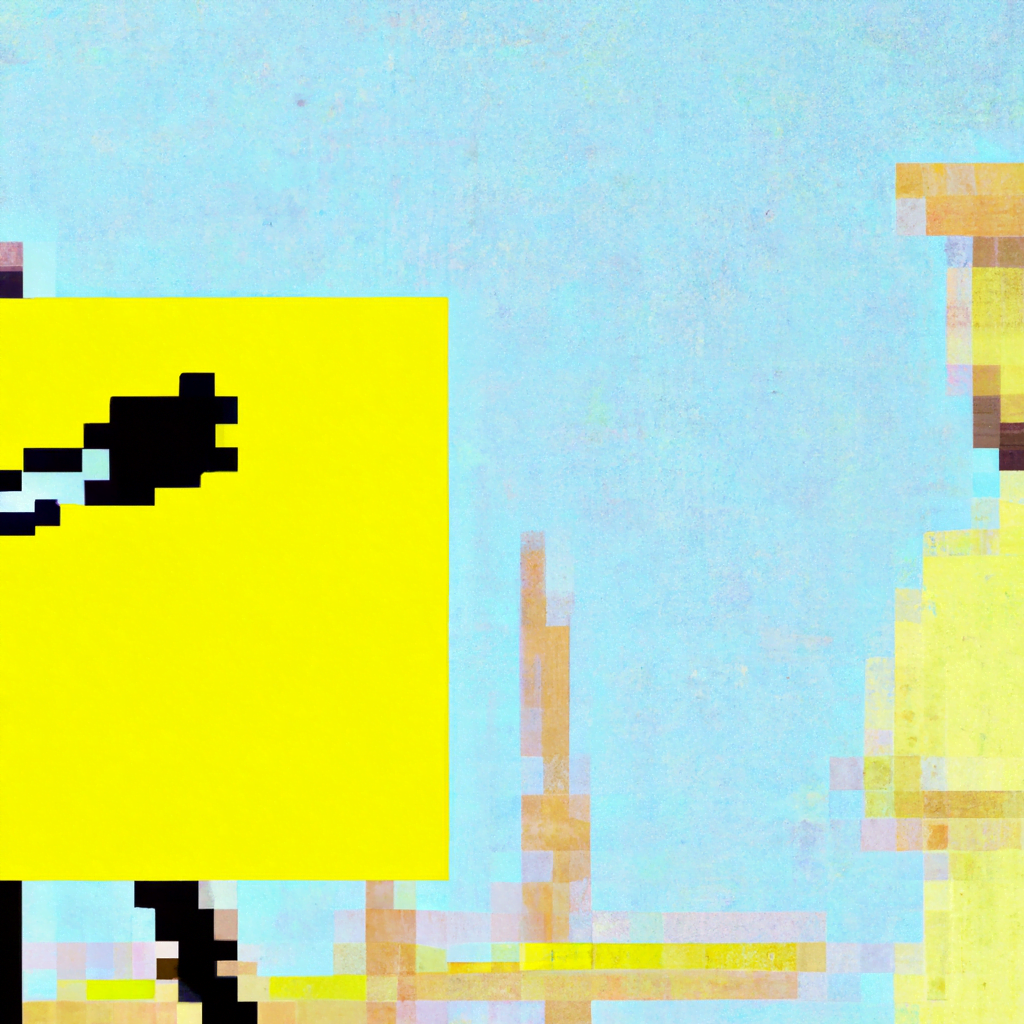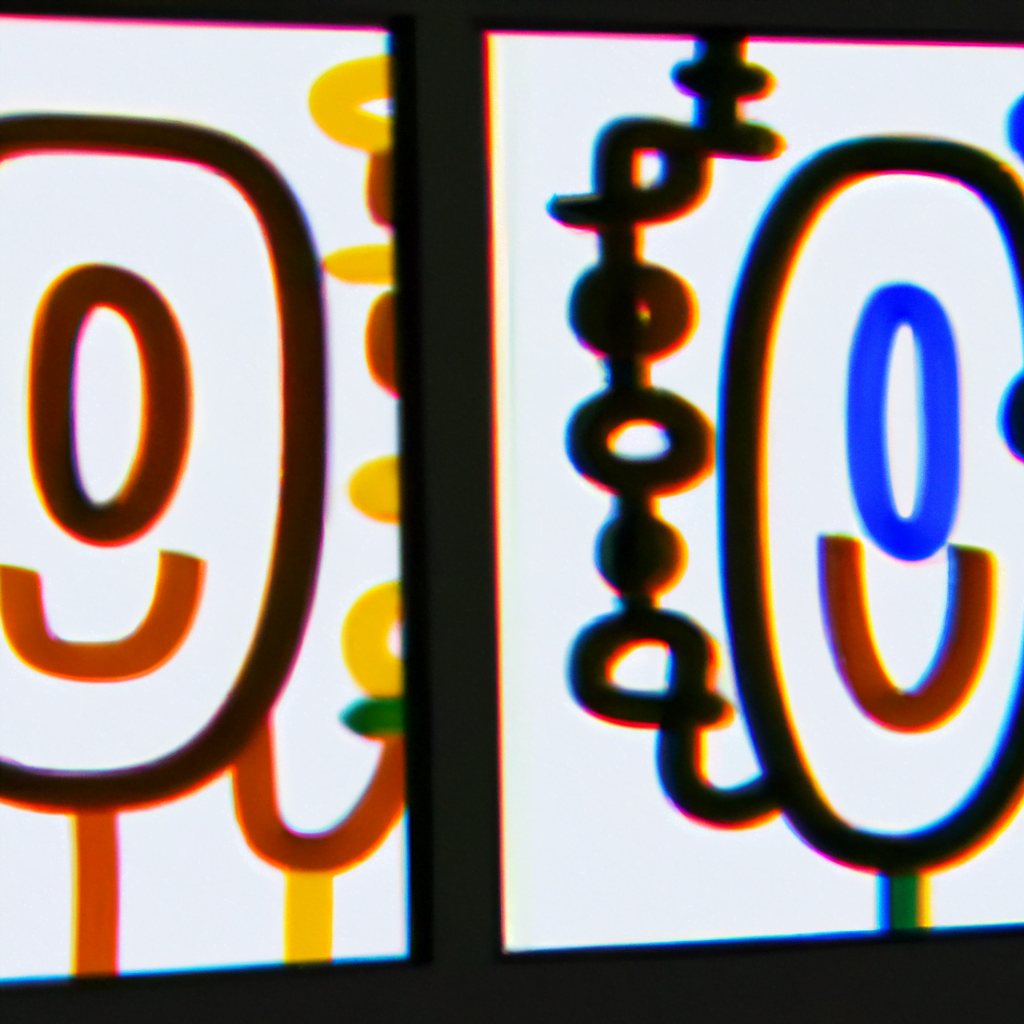
AI-Powered Image Recognition and its Impact on Graphic Design

Artificial Intelligence (AI) has revolutionized various industries, and graphic design is no exception. With the advent of AI-powered image recognition technology, designers now have access to powerful tools that can analyze and understand images, leading to new possibilities and efficiencies in the field. In this article, we will explore the impact of AI-powered image recognition on graphic design, examining its benefits, applications, and potential challenges.
The Rise of AI-Powered Image Recognition
AI-powered image recognition refers to the ability of machines to analyze and interpret visual data, such as images or videos, using advanced algorithms and deep learning techniques. This technology has seen significant advancements in recent years, thanks to the availability of large datasets and the computational power required to train complex models.
One of the key drivers behind the rise of AI-powered image recognition is the increasing demand for automation and efficiency in various industries. Graphic design, in particular, has benefited from this technology, as it allows designers to automate repetitive tasks and focus on more creative aspects of their work.
Benefits of AI-Powered Image Recognition in Graphic Design
The integration of AI-powered image recognition technology in graphic design brings several benefits to designers and businesses alike. Let’s explore some of the key advantages:
1. Enhanced Efficiency
AI-powered image recognition enables designers to automate time-consuming tasks, such as image tagging, categorization, and organization. By leveraging machine learning algorithms, designers can quickly analyze large volumes of images and extract relevant information, saving valuable time and effort.
For example, instead of manually tagging hundreds of product images for an e-commerce website, designers can use AI-powered image recognition to automatically generate tags based on the content of the images. This not only speeds up the process but also ensures consistency and accuracy in tagging.
2. Improved Design Recommendations
AI-powered image recognition can also assist designers in generating design recommendations based on visual data. By analyzing existing designs, trends, and user preferences, AI algorithms can provide valuable insights and suggestions to designers, helping them make informed decisions.
For instance, a designer working on a logo design project can use AI-powered image recognition to analyze a vast collection of logos from different industries and identify common design elements or color schemes. This analysis can serve as a valuable reference and inspiration for creating a unique and impactful logo.
3. Streamlined Collaboration
Collaboration is an essential aspect of graphic design, and AI-powered image recognition can facilitate seamless collaboration among designers and other stakeholders. By automatically categorizing and organizing design assets, AI algorithms make it easier for designers to search and share relevant files, reducing the time spent on manual file management.
Moreover, AI-powered image recognition can help in version control by identifying similar or duplicate designs, preventing redundancy and confusion among team members. This streamlines the design process and ensures that everyone is working on the latest version of a design.
Applications of AI-Powered Image Recognition in Graphic Design
The applications of AI-powered image recognition in graphic design are vast and diverse. Let’s explore some of the key areas where this technology is making a significant impact:
1. Image Editing and Retouching
AI-powered image recognition algorithms can analyze images and automatically identify areas that require editing or retouching. For example, these algorithms can detect blemishes on a model’s skin or remove unwanted objects from a photograph.
By automating these tedious tasks, designers can focus on more creative aspects of image editing, such as enhancing colors, adjusting lighting, or adding artistic effects. This not only saves time but also improves the overall quality of the final design.
2. Branding and Logo Design
AI-powered image recognition can assist designers in creating effective branding and logo designs. By analyzing existing logos and brand identities, AI algorithms can identify design elements that resonate with target audiences and suggest similar styles or color palettes.
Furthermore, AI-powered image recognition can help designers ensure that their logo designs are unique and do not infringe upon existing trademarks. By comparing a new logo design with a vast database of registered trademarks, AI algorithms can flag potential conflicts and guide designers in creating original and legally compliant designs.
3. Visual Content Creation
AI-powered image recognition is also transforming the way visual content is created. Designers can use this technology to generate custom illustrations, infographics, or social media graphics based on specific keywords or concepts.
For example, a designer working on a blog post about “travel” can input relevant keywords into an AI-powered image recognition tool, which will then generate a set of visually appealing images related to travel. This streamlines the content creation process and provides designers with a wide range of options to choose from.
Challenges and Considerations
While AI-powered image recognition offers numerous benefits to graphic designers, there are also challenges and considerations that need to be addressed:
1. Ethical Concerns
As AI algorithms become more sophisticated, there is a growing concern about the ethical implications of AI-powered image recognition. For example, the use of AI algorithms to manipulate or alter images can raise questions about authenticity and trustworthiness.
Designers need to be mindful of the ethical considerations when using AI-powered image recognition tools and ensure that the generated content aligns with ethical standards and industry best practices.
2. Overreliance on Automation
While automation can significantly enhance efficiency, there is a risk of overreliance on AI-powered image recognition tools. Designers should strike a balance between automation and human creativity, as the human touch and intuition are still crucial in graphic design.
It is important for designers to use AI-powered image recognition as a tool to augment their skills and creativity, rather than replacing them entirely. This ensures that the final design reflects the designer’s unique vision and style.
3. Data Privacy and Security
AI-powered image recognition relies on vast amounts of data to train and improve algorithms. Designers and businesses need to be mindful of data privacy and security concerns when using AI-powered image recognition tools.
It is essential to ensure that the data used for training AI algorithms is obtained legally and that appropriate measures are in place to protect sensitive information. Additionally, designers should be transparent with clients and users about the use of AI-powered image recognition and how their data is being handled.
Conclusion
AI-powered image recognition has transformed the field of graphic design, offering designers new tools and capabilities to enhance their work. From automating repetitive tasks to providing design recommendations and streamlining collaboration, AI-powered image recognition brings numerous benefits to the industry.
However, designers must also be aware of the challenges and considerations associated with this technology, such as
